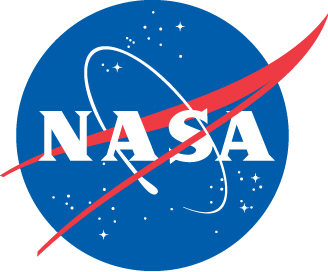National Science Education Standards: Volcanoes
Grades 5 - 8
Content Standard A—Science as Inquiry
As a result of activities in grades 5-8, all students should develop
• Abilities necessary to do scientific inquiry
• Develop descriptions, explanations, predictions, and models using evidence.
• Think critically and logically to make the relationships between evidence and explanations.
• Recognize and analyze alternative explanations and predictions.
• Communicate scientific procedures and explanations.
• Understandings about scientific inquiry
Content Standard B—Physical Science
PROPERTIES AND CHANGES OF PROPERTIES IN MATTER
• A substance has characteristic properties, such as density, a boiling point, and solubility, all of which are independent of the amount of the sample.
Content Standard D—Earth and Space Science
STRUCTURE OF THE EARTH SYSTEM
• The solid earth is layered with a lithosphere; hot, convecting mantle; and dense, metallic core.
• Lithospheric plates on the scales of continents and oceans constantly move at rates of centimeters per year in response to movements in the mantle. Major geological events, such as earthquakes, volcanic eruptions, and mountain building, result from these plate motions.
• Land forms are the result of a combination of constructive and destructive forces. Constructive forces include crustal deformation, volcanic eruption, and deposition of sediment, while destructive forces include weathering and erosion.
• The atmosphere is a mixture of nitrogen, oxygen, and trace gases that include water vapor. The atmosphere has different properties at different elevations.
• Clouds, formed by the condensation of water vapor, affect weather and climate.
• Global patterns of atmospheric movement influence local weather.
Content Standard C—Earth’s History
• The earth processes we see today, including erosion, movement of lithospheric plates, and changes in atmospheric composition, are similar to those that occurred in the past.
Content Standard F—Science in Personal and Social Perspectives
NATURAL HAZARDS
• Internal and external processes of the earth system cause natural hazards, events that change or destroy human and wildlife habitats, damage property, and harm or kill humans. Natural hazards include earthquakes, landslides, wildfires, volcanic eruptions, floods, storms, and even possible impacts of asteroids.
• Natural hazards can present personal and societal challenges because misidentifying the change or incorrectly estimating the rate and scale of change may result in too little attention.
RISKS AND BENEFITS
• Risk analysis considers the type of hazard and estimates the number of people that might be exposed and the number likely to suffer consequences. The results are used to determine the options for reducing or eliminating risks.
• Students should understand the risks associated with natural hazards (fires, floods, tornadoes, hurricanes, earthquakes, and volcanic eruptions), with chemical hazards (pollutants in air, water, soil, and food), with biological hazards (pollen, viruses, bacterial, and parasites), social hazards (occupational safety and transportation), and with personal hazards (smoking, dieting, and drinking).
SCIENCE AND TECHNOLOGY IN SOCIETY
• Scientists and engineers work in many different settings, including colleges and universities, businesses and industries, specific research institutes, and government agencies.



